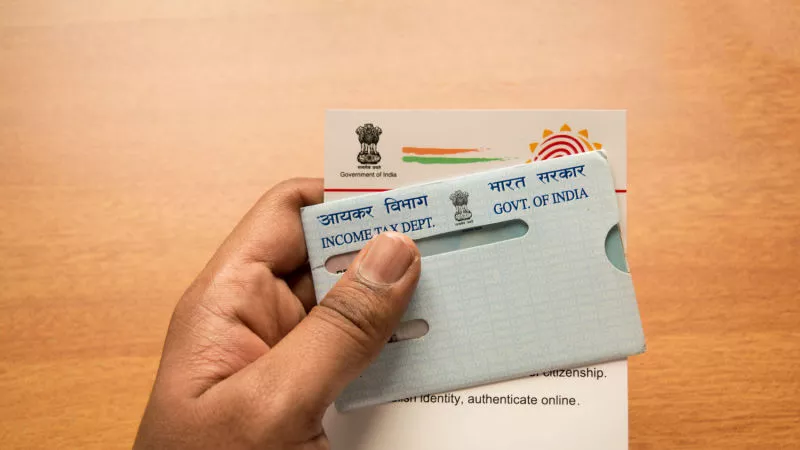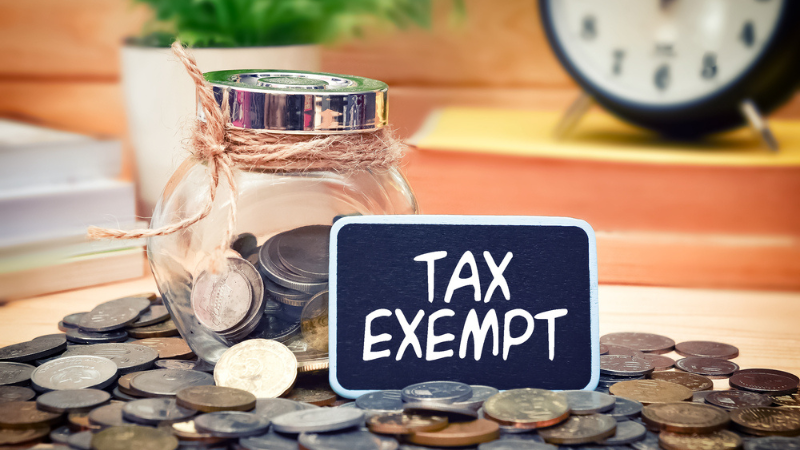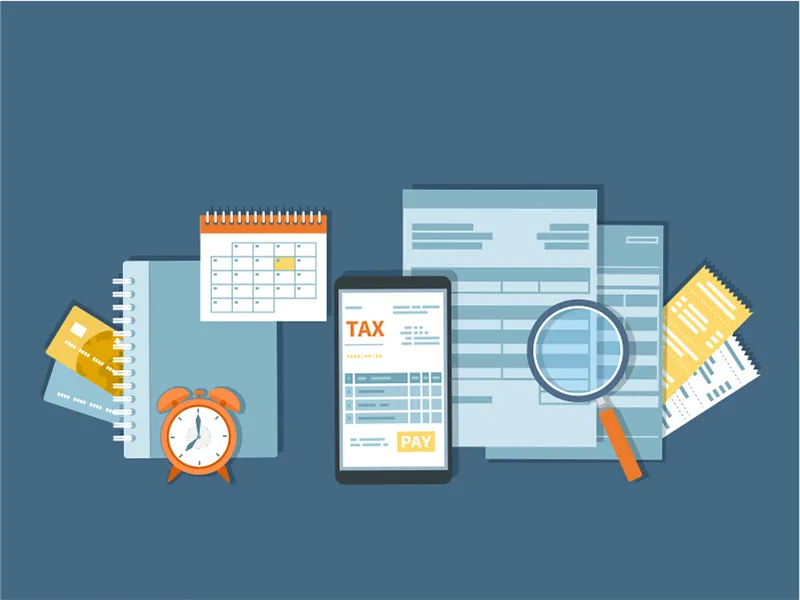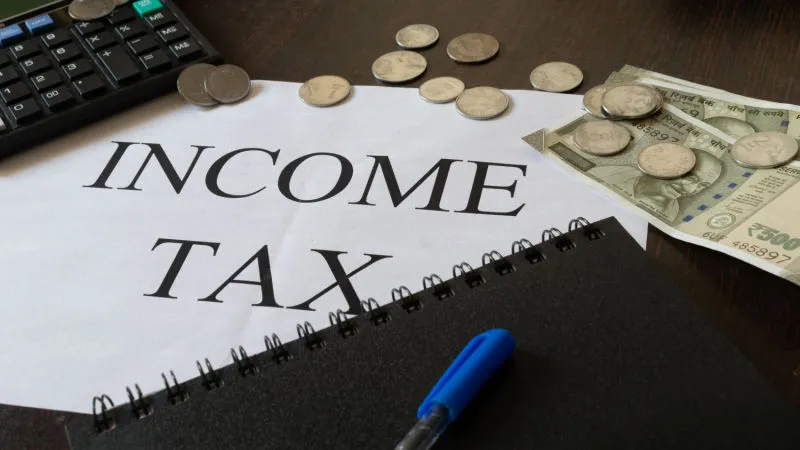
Though most of us would want to do away with it, income tax is still an integral part of our professional lives. While calculating income tax in March every year, you must have noticed that a small percentage over and above your tax liability goes towards ‘Education Cess’. You need to add this amount to arrive at the final tax outgo.
If you are wondering what ‘education cess’ is and why it is a compulsory levy every year, read on.
What is a ‘Cess’?
‘Cess’ is a shortened form of ‘assess’. It refers to an additional charge which is levied with an end objective in mind. While the amount collected by way of direct as well as indirect taxes can be utilized by the government for public welfare measures, ‘cess’ can be used only for a pre-specified purpose.
Examples of cess are Petroleum Cess, Infrastructure cess, Healthcare cess, Swachh Bharat Cess, and Education cess.
Cess is generally discontinued by the government once the targeted funds are collected and its objective is met.
What is Education cess?
After an individual has completed the computation of income for calculating tax liability for the financial year and arrived at the payable tax figure, there is another component known as ‘Education Cess’ added to this figure, which gives the final Income Tax amount.
Thus, ‘Education Cess’ is the charge payable by the income tax assessee, which is levied on the tax payable as per the Income Tax slab for the Financial Year.
This means that for a person whose income falls in the non-taxable bracket of Income Tax (i.e. zero tax liability) for the Financial Year, no Education cess is payable. The rate of Education cess is decided by the Central government and is generally announced during the annual budget.
Background – how did it all start
Prior to the 2018 budget, Education cess had been levied to income tax liability under two heads :
- ‘Primary Education Cess’, charged at 2% and
- “Secondary and Higher Education Cess’, charged at 1%.
From budget 2018 onwards, this was combined under ‘Health and Education Cess’ and the rate now is 4%.
Education Cess Rate
Education cess is calculated using a combination of the two types of cess. This is then applied to the taxable income.
Education cess rate is 2% of the tax payable. The Secondary and Higher Education Cess rate is 1% of the tax payable. Jointly, these make the education cess rate of 3% that is applicable on the tax payable.
How to calculate education cess
Let us understand Education Cess better with an example.
Suppose an individual Anamika has an income of INR 12 Lakhs and her total tax liability for the Financial Year is INR 1 Lakh.
Thus, the Education Cess would be calculated on INR 1 Lakh as under :
Annual Income = 12,00,000
Tax payable = 1,00,000
Add: Education Cess @ 4% = 1,00,000 x 4/100
Hence, Education cess = 4,000
and Total Tax payable = 1.04,000
Purpose of Education Cess
The Government of India has been levying cess to focus on the requirement and importance of investing in the education sector. Earlier these were being levied separately and since 2018, it has been levied as combined ‘Health & Education cess’.
It aims to –
- Raise the standard of primary as well as higher education in India, with particular focus on rural and semi-urban areas.
- Run a mid – day meal scheme in schools, which has proved to be effective, especially in rural areas by checking the dropout rate in primary schools.
- To enhance the quality and access to education by providing seamless internet connectivity.
- Ensure online and digital connectivity to schools and colleges even in remote areas.
- To provide funds for salaries of teaching and allied staff.
- To fund special schemes like “Rashtriya Madhyamik Shiksha Abhiyan”.
- Create world-class infrastructure and opportunities by opening higher education institutes of national importance like IITs, IIMs, AIIMS across more states.
How is education cess used by the Government?
The amount collected through Education cess goes to the Consolidated Fund of India (CFI) initially but can be used only for education and related purposes. If the amount remains unutilised for a particular financial year, it can be carried forward to the next year under the same head. Once the pre – decided target is achieved, the unused amount can then be repurposed by the government for some other scheme.
Conclusion
Income Tax is amongst the primary sources of revenue for the government. What is significant is that the money collected as ‘tax’ from our income is being used to provide better infrastructure for the nation. In the larger scheme of things, this makes every citizen’s life better.
‘Education cess’ should be seen as an extension of this. In fact, it adds more value by providing education to the needy and thereby raising our literacy level as well as the citizens’ standard of living.
FAQs
Though ‘cess’ is levied only on the tax payable and not the total income, it still increases your total tax outflow. ‘Cess’ levied on goods or services makes them expensive and thus again impacts you as a consumer of these goods or services.
‘Tax’ is a mandatory payment to the government and comes in different forms like Income tax, GST, excise duty etc. ‘Cess’ is levied on the tax liability of individuals and businesses and further increases the amount of tax payable.
‘Cess’ in India is levied by the government. The purpose of levying cess has to be clearly stated and is notified after legislation.
‘Education Cess’ is levied in India with a specific target of raising funds for providing education to underserved and underprivileged populations. Additionally, it aims at enhancing the quality of education and increasing the literacy rate.
‘Surcharge’ is a progressive charge on higher income earners and is applicable beyond a particular income level. It taxes higher income groups more. ‘Cess’ on the other hand, is applicable to all taxpayers.
No. Paying ‘Education cess’ or any other ‘cess’ is not optional. Although over and above your income tax liability, it still forms part of the total taxes that you are liable to pay.


























